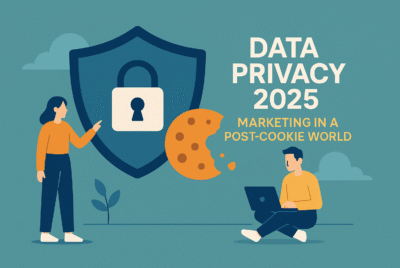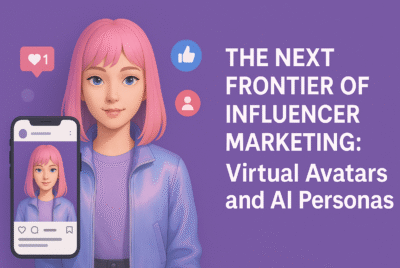The Psychology of Colors in Digital Marketing
Color is information. In digital marketing, it guides attention, frames emotion, and influences choice within seconds. Thoughtful palettes help brands stand out, signal positioning, and support trust across sites, ads, and product pages.
First Impressions and Decision Speed
People form quick judgments during initial interactions with products and interfaces. A large share of that assessment is driven by color. Marketers leverage this by aligning hues with desired perceptions such as reliability, energy, or calm. Consistency across touchpoints turns color into a memory cue that reinforces recognition and recall.
Emotion and Strategic Associations
Different hues tend to evoke distinct responses. Blue often communicates trust and competence, which suits finance, tech, and B2B services. Red conveys urgency and excitement, effective for promotions or limited offers. Green suggests nature, wellness, and sustainability. Black signals luxury and authority. These associations are strategic tools rather than rules; they work best when they match the brand’s promise and audience expectations.
Cultural and Contextual Nuance
Color meaning shifts across markets. White can represent purity in some regions while signaling mourning in others. The same red that reads as bold and festive in one context may feel overly aggressive in another. Global brands should validate palettes with cultural research and local feedback. Even within a single market, industry norms shape interpretation, so competitive audits help avoid mixed signals.
Conversion-Oriented Application
Color supports action when applied deliberately to interactive elements. High-contrast combinations improve legibility and reduce friction on buttons and forms. Clear hierarchy draws the eye to primary calls to action, while secondary tones support scanning. Subtle changes to saturation and brightness can separate states like hover and active without visual noise. The goal is guidance, not decoration.
Test, Measure, Iterate
Digital environments make color choices testable. A/B tests on hero areas, CTA buttons, and banners reveal which options lift click-through and completion rates. Segment results by device and audience to check for divergent responses. Combine quantitative outcomes with usability observations to ensure that a winning variant also improves clarity and confidence.
Fuente: University of Winnipeg





